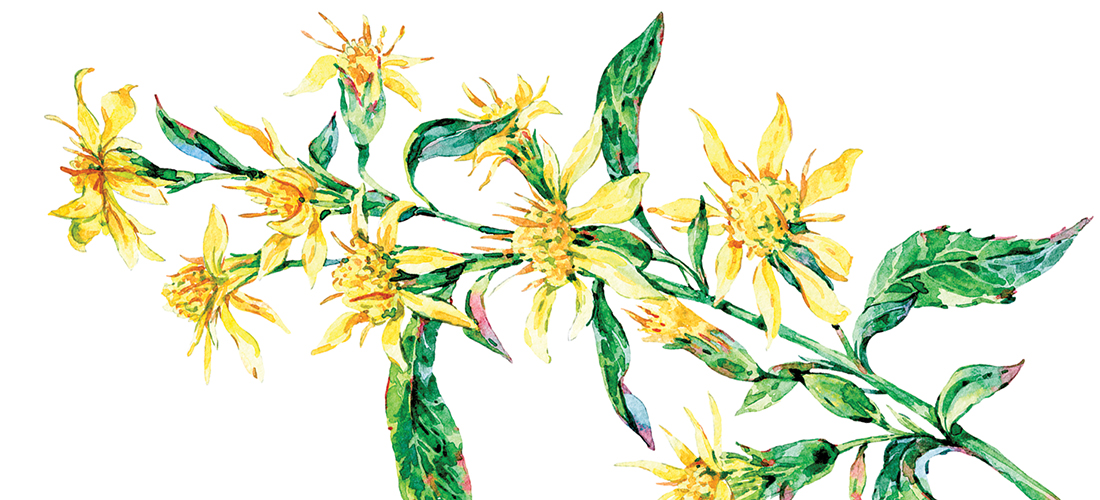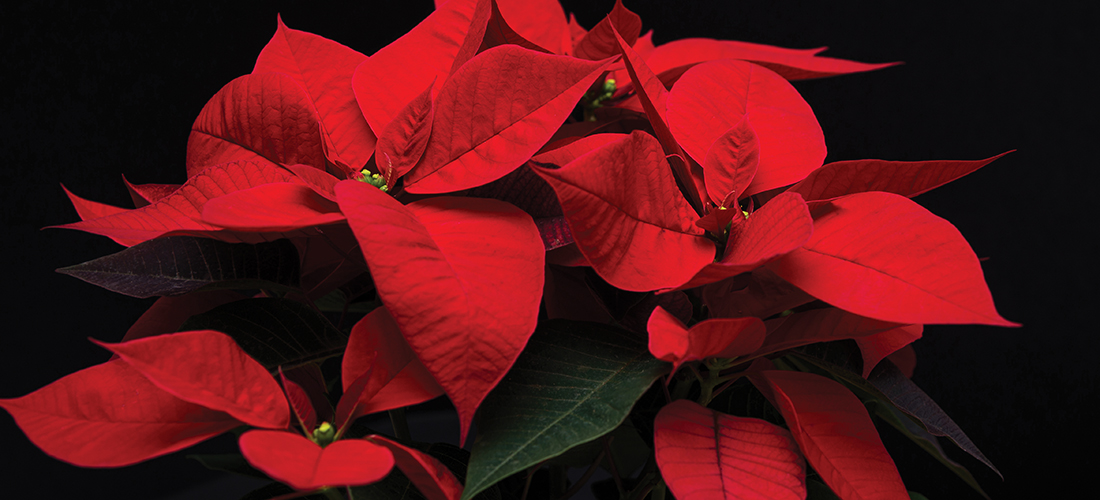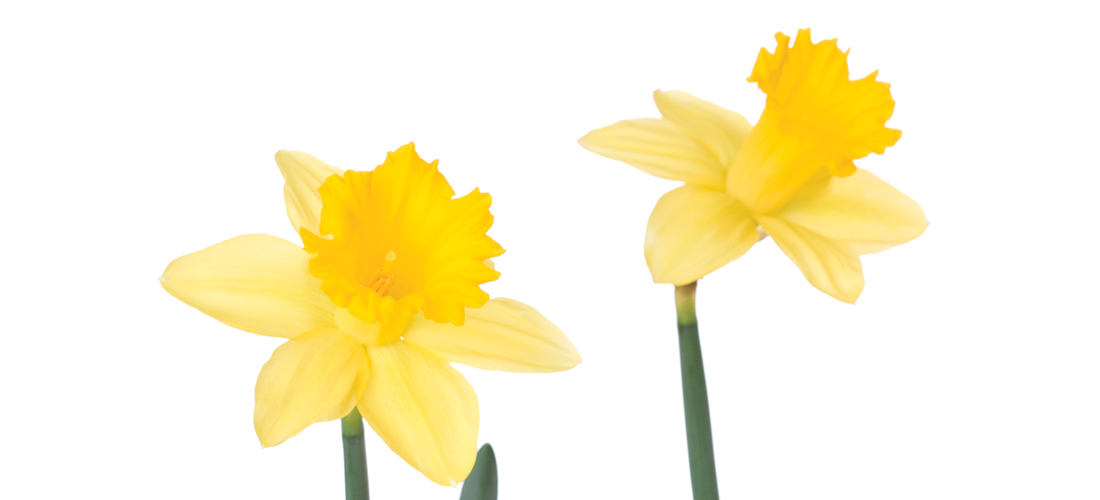Goldenrod
Behold the flaming yellow glory of this native flowering plant
A native plant I love to see this time of year is Solidago, from the Latin solidare — “to make whole” — which suggests the medicinal powers sometimes attributed to the genus.
Commonly called “goldenrod,” it’s a perennial that bursts into magnificent yellow fireworks across the mountains, piedmont, sandhills and coastal plains of our Old North State. At least a dozen varieties are found regionally in the wild, according to the North Carolina Native Plant Society.
I’m not alone in my admiration for a goldenrod. My neighbor, Steve Windham, native plant specialist, tells me why he enjoys hiking the Appalachian Trail as summer turns toward fall.
“If you’ve ever walked out into a mountain meadow under a blue autumn sky with goldenrod in bloom,” Windham says, “you’ll know how truly spectacular it is.”
I remember just such a sight on the farm where I grew up, a fallow field resplendent with goldenrod, joe-pye weed, milkweed and ironweed. On that brilliant palette danced flights of butterflies — monarch, red admiral and tiger swallowtail — plus a host of skippers, cobalts and other beetles, bumblebees and metallic green flies. It was a sight wonderful to behold.
So why not replicate it in your home landscape?
Enterprising growers and nurseries have expanded the number of goldenrod varieties available for your yard or garden to more than 200.
“I use goldenrod in my garden and in my landscape designs because it’s so tough, so easy to grow and attracts so many pollinators,” Windham says. He tells me that, in his own backyard, he has a perennial border featuring a goldenrod cultivar called “Skyrocket,” which stands about three feet tall. Lower-growing dwarf cultivars can also be planted.
Windham, who helped install the ornamental grasses and pollinator meadow at the Greensboro Arboretum, recommends adding to your goldenrod native grasses such as little bluestem (Schizachyrium scoparium) or big bluestem (Andropogon gerardii), Joe-pye weed (Eupatorium fistulosum), ironweed (Vernonia glauca), phlox (Phlox carolina), asters (Aster paten) and bluestar (Amsonia tabernaemontana). Even after the flowers’ colors have faded, you’ll have a garden or border featuring interesting foliage that lasts into the winter months.
Those of you who suffer from fall allergies may think that Steve and I have lost our minds when we recommend goldenrod for your home garden.
Well, the goldenrod is not likely responsible for your runny nose and itchy eyeballs.
The culprit is another N.C. native perennial in the genus Ambrosia, from the Latin “food of the gods.”
Maybe the botanist responsible for giving this plant a name had a wicked sense of humor, but poor Ambrosia artemisiifolia is commonly called “ragweed.” It also bursts into bloom across the mountains, piedmont, sandhills and coastal plain of our Old North State in about the same habitats and at the same time of year as goldenrod.
Ragweed produces green, unremarkable blooms that release vast numbers of small, lightweight granules of airborne pollen that can be spread for miles by the wind. By contrast, goldenrod draws pollinators to its brilliant yellow flowers with nectar, relying on the pollinators to spread the relatively heavy pollen granules that glom onto their bodies and legs.
So plant beautiful Solidago. And forgive pesky Ambrosia.
If you were a plant and somebody called you “ragweed,” you’d probably have a vengeful attitude, too. OH
Ross Howell Jr. is a freelance writer in Greensboro.



